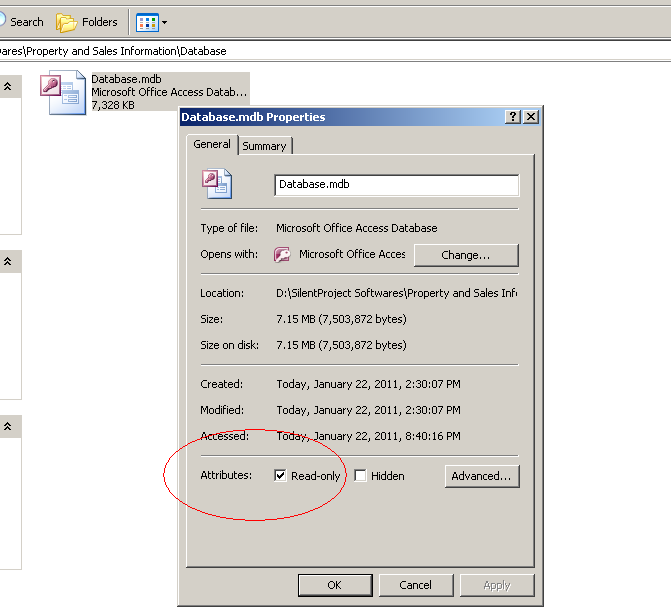Ok, here's another problem which i really need help.
One suggestion from our panel suggested if we can have a module which do not allow deleting a record (one or more) in the database which are Administrator type.
Those records cannot be deleted whether through
1. the program itself (via code) or
2. directly from the database (w/o setting password for the database file).
Regarding number 2, i really have no idea.
On number 1, here's my code for deleting files:
Private Sub cmdDelete_Click()
' On Error GoTo err
Dim intYN
intYN = MsgBox("You are about to delete a record." & vbCrLf & _
"If you click Yes, you won't be able to undo this delete operation." & _
vbCrLf & vbCrLf & _
"Are you sure you want to delete this record?", vbExclamation + vbYesNo, "Confirm Delete")
If intYN = vbNo Then Exit Sub
DBLink.Execute "Delete From Users Where ID = " & lvwUser.SelectedItem.Text
DBLink.Close
Call Form_Load
txtName.Text = ""
txtPass.Text = ""
txtConfirm.Text = ""
MsgBox "The Record has been deleted.", vbInformation
Exit Sub
Err:
MsgBox Err.Description, vbCritical
End SubThanks.
